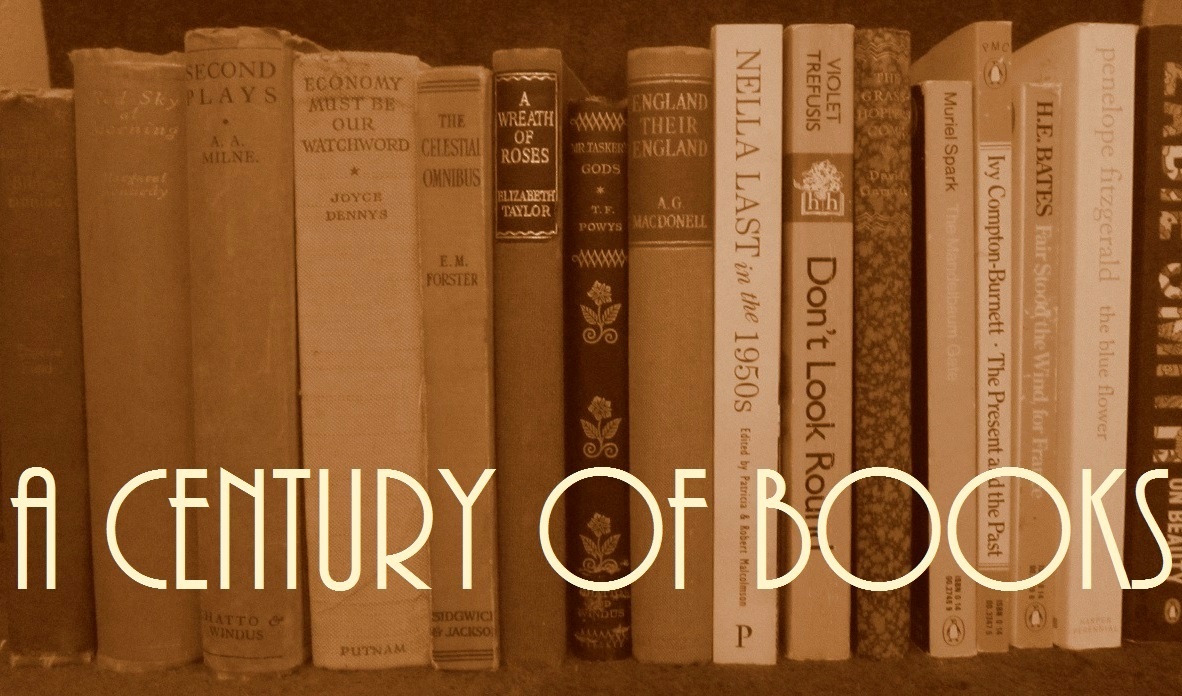 Anna the Adventuress by E. Phillips Oppenheim ~ 1904. This edition: Ward, Lock & Co., circa 1904. Hardcover. 318 pages.
Anna the Adventuress by E. Phillips Oppenheim ~ 1904. This edition: Ward, Lock & Co., circa 1904. Hardcover. 318 pages.
The girl paused and steadied herself for a moment against a field gate. Her breath came fast in little sobbing pants. Her dainty shoes were soiled with dust and there was a great tear in her skirt. Very slowly, very fearfully, she turned her head. Her cheeks were the colour of chalk, her eyes were filled with terror. If a cart were coming, or those labourers in the field had heard, escape was impossible.
Two lovely and nearly identical-in-appearance English orphans are living in an apartment in Paris. One is the volatile, pleasure-loving and risk-taking Annabel (see above: she’s just escaped a car crash she’s caused, leaving behind what she thinks is a dead man), the other is Anna, a strictly virtuous and self-denying art student.
When Annabel inadvertently has a chance to escape the consequences of her rake’s progress in Paris by marrying an English lord who thinks she is her virginal and sedate sister, Annabel grabs it with both hands, leaving Anna to step into her place. Anna, hoping that this über-respectable marriage (not to mention access to wealth and luxury) will help Annabel reform her wicked ways, staunchly takes upon herself all the messy loose ends her sister has left so suddenly behind.
These include the not-quite-dead man of the car accident, who turns out to have some astonishing claims upon the sister he thinks is Annabel, not to mention a whole string of handsome, fast-living English gentlemen who obviously are on rather intimate terms with Sister A, to the hidden (and not so hidden) shock of Sister B.
Realizing that she will never make a successful artist – her talents are genuine but not outstandingly so – Anna (as Annabel) decides to return to England, where her presence causes immediate issues with her sister’s masquerade, as Annabel’s (er, fake Anna’s) uptight noble husband (the wedding went off as planned) objects to his wife’s supposedly disreputable sister hanging about.

Our Anna, unable to attain employment as a shop girl, is reduced to appearing on the London stage, for though she is only an average painter, she’s an accomplished singer, much to her sister Annabel’s jealous dismay, as Anna steps into a role Annabel first initiated back in Gay Paree.
Real Anna proves herself up to it all, dealing with firm hand and cool brow everything that confronts her: overly familiar ex-boyfriends (of real Annabel’s), life in a boarding house (her respectable relatives have rejected her), the difficulties of making a living (she is utterly penniless), and setting to rights complications which the fake Anna manufactures as she starts to return to her old Annabellish ways.
Luckily, real Anna is as truly good as she is beautiful, and soon collects a devoted retinue of handsome young men, who serve to assist her in her endeavours, stopping every so often to bend a knee and propose. Anna rejects them all, very politely, of course, and goes on her rather lonely way, fixing the things that Annabel has ruined in the past, and mitigating the actions of her thoughtless and sometimes resentful sister as she kicks against the social expectations attendant upon her new place in life.
Will Annabel settle down? (And say a proper “Thank you” to her ever-sacrificing sister? And confess her past to her husband?)
Will Anna ever allow herself to love? (And get rid of that pesky “pseudo husband” who haunts her steps? And erase her dodgy adopted reputation and regain her proper place in society?)
Read it and see!
This is a hugely enjoyable period piece, for all of the expected reasons: almost-impossibly wonderful heroine (who is flawed enough to be likeable), high society snobbery, loads of action as the various men in Anna’s circle rally round in her (sometimes literal) defense, and all sorts of misunderstandings.
The language is lush, the plot deliciously ornate, the ending…well…let me just say that E. Phillips Oppenheim wrote over one hundred very popular thrillers from the 1880s till the 1940s, and he knew what his readers liked, and what they liked was the traditionally happy ending after a whole lot of adventuring.
Anna the Adventuress delivers.
My rating: 8/10. (Two whole points lost because of the too-adorable, deeply soppy, baby-kissing scene at the end of this first edition, cropped from later editions and in my opinion vastly improving the story by its absence.)
Just so you know, I adore Edward Phillips Oppenheim, and own a formidable stack of his books (nowhere near all of them, though), and I can’t believe this is the first time I’ve written up one of his dramatic romance-thrillers. He may pop up again, as I fill in the difficult gaps in this latest Century of Books; he’s one of those handy book-a-year (sometimes two!) writers, though as is usual with the ultra-prolific, the quality can vary.








Anna the Adventuress? I thought at first you were about to review The Man in the Brown Suit, by Agatha Christie. But I think you’ve done that already. (Yes, back in 2013). I’m pretty sure that heroine, Anne, had fun referring to herself as Anna the Adventuress.
So. This book. Really? Twin sisters named Anna and Annabel? How confusing is that to read about. I mean, golly, I can see you were valiantly struggling to keep them straight for us in your review.
Well, it sounds about as far removed as possible from White Hell of Pity, so I suppose I should look at it as something to lighten my days and distract me from headlines. But still, I think I’ll pass on this too. Maybe TOO far removed.
Currently reading Women Talking and just finished Lethal White.
P.S. There’s a plethora of EPO books in the public domain (in Canada) at The Faded Page.
https://www.fadedpage.com/csearch.php?author=Oppenheim,%20E.%20Phillips
Sadly, not A the A.
Well, I’m intrigued! I love contrived mistaken sibling plots and this sounds fun and silly and eminently readable.
Love the sounds of this, have just downloaded to Kindle.
What a fun and intriguing idea for a plot! I also have just downloaded to Kindle, thanks so much, Barb!
I too am a secret Oppenheim reader. His pre-WWI stuff is better than the later novels, and much of it is snobbish twaddle — feeding the masses images of the Rich drinking liquers in opulent restaurants — but sometimes his descriptions of nature, especially of coastlines, are very good, and he follows the popular taste closely: activist socialism, spies in the woodwork, military preparedness, and so on. The racism and anti-semitism can make the eyes water, but most popular books of his time share that, but not to read him is to miss a real sense of his England.